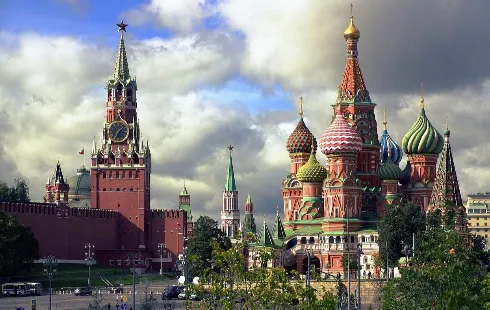
Revolutionising Websites for Cafés, Restaurants, and Bars Across Europe
Section: News
Following the violent death of Yevgeny Prigozhin, the leader of the Wagner Group, two months after his failed rebellion against Vladimir Putin, the mercenary force he commanded did not dissipate. Many of its veterans have transitioned to the ranks of the Chechen leader Ramzan Kadyrov's units, which operate independently yet remain aligned with the Russian Ministry of Defense.
Prigozhin, known for his escalating criticisms of the Kremlin's management of the war in Ukraine, perished in an aircraft incident widely suspected to be an assassination. However, his legacy continues through conversations among his former soldiers at a hospital in Lugansk, a region in eastern Ukraine controlled by pro-Russian forces, where the Ajmat regiment operates. According to one doctor, their hospital is preferred over others because they assure no one is abandoned.
After the Wagner rebellion, Russian high command mandated that all independent military units integrate into the regular army. Despite this, Ajmat's special forces maintain a degree of autonomy, largely funded by Kadyrov, who has significantly bolstered his influence within military circles by expanding his forces beyond just Chechens to include volunteers from across Russia.
One soldier from Ajmat, reflecting on their unity, stated, "We are one country, from Moscow to the Urals and the Far East." This sentiment was echoed by a newly enlisted soldier who participated in a recent operation in the partially occupied Kursk region of Russia. His unit, under the command of a former Wagner member, engaged Ukrainian forces after advancing for six days through a hazardous, abandoned gas pipeline.
The medical team at the hospital is overwhelmed, handling 115 injured soldiers and a waiting list exceeding 1,500 casualties. The staff has noted stark differences between their treatment methods and those employed by other military hospitals, often criticizing them for not adopting their protocols, which they believe are more effective.
In the wards of the Ajmat-run hospital, flags featuring Kadyrov's slain father and Wagner's skull symbol hang alongside injured members from the group Rúsich, which was established by a known far-right figure. One of the hospitalized soldiers, a foreign national from Ecuador, shared his reasons for joining the conflict, emphasizing a desire to help rather than ideological motivations.
In the conflict-ridden areas of Donetsk, where drone warfare has become increasingly lethal, soldiers are frequently treated for injuries sustained from drone attacks rather than traditional gunfire. Medical staff are adapting to the evolving nature of warfare, with one surgeon noting the significant shift in injury types they encounter.
The hospital is equipped with a heavily modified armored ambulance, designed for the challenging conditions of war. The personnel report that drone strikes account for a majority of casualties, with the threat escalating in recent months. One drone operator noted the drastic changes in warfare tactics and the increased reliance on drone technology.
Ajmat has taken a proactive approach to training, preparing over 1,500 soldiers in drone operations. Their training regimen is more intensive compared to other Russian forces, focusing on practical skills and real-world applications. As soldiers train in the field, they reflect on their motivations for joining the conflict, with some expressing a desire for peace rather than continued hostilities.
Overall, the Ajmat regiment exemplifies a shift in the Russian military landscape, taking on a prominent role in the ongoing conflict in Ukraine.

Section: News

Section: News

Section: News

Section: Arts

Section: Fashion

Section: News

Section: News

Section: News

Section: News

Section: News
Health Insurance in Germany is compulsory and sometimes complicated, not to mention expensive. As an expat, you are required to navigate this landscape within weeks of arriving, so check our FAQ on PKV. For our guide on resources and access to agents who can give you a competitive quote, try our PKV Cost comparison tool.
Germany is famous for its medical expertise and extensive number of hospitals and clinics. See this comprehensive directory of hospitals and clinics across the country, complete with links to their websites, addresses, contact info, and specializations/services.
Join us for an enchanting Christmas adventure at the Münchner Marionettentheater! Experience the marionette play 'Der verschwundene Wunschzettel' by Siegfried Böhmke, featuring our beloved Kasperl Larifari and his little friend Stupsi. As Christmas approaches, both Kasperl and Stupsi have prepared...



No comments yet. Be the first to comment!